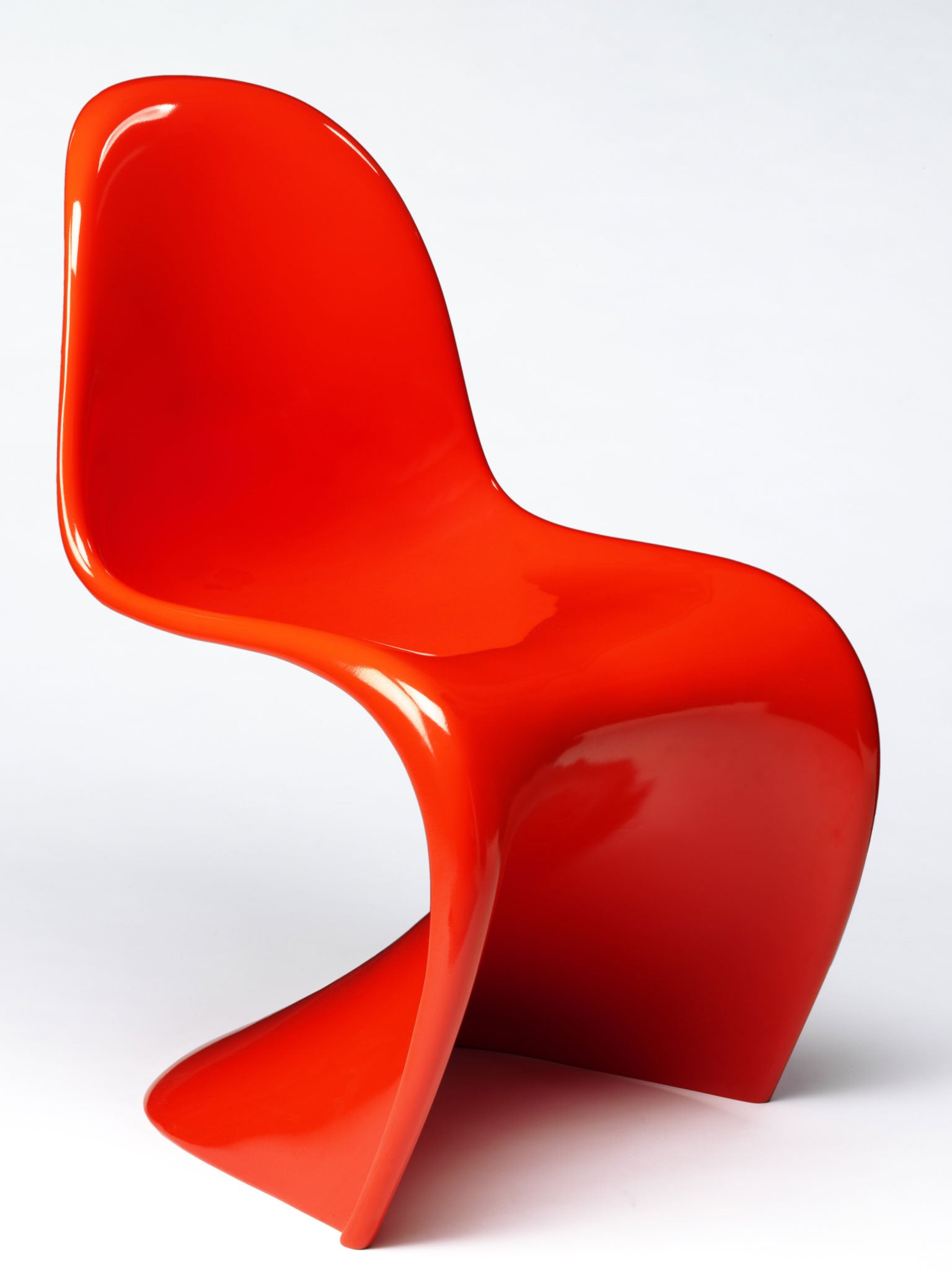IoS visual art review: The Dr Susan Weber Furniture Gallery, V&A, London
A new furniture gallery at the V&A has some stunning pieces, but the brilliance on show is let down by clunky presentation

In the V&A's new furniture gallery there is a delicate and prettily painted corner cupboard from the workshop of the great 18th-century cabinet-maker Thomas Chippendale. Its provenance is well recorded: we know it was made between 1768 and 1778, its curvaceous front and slim legs owing something to the emerging taste for the Classical style, and its painted chinoiserie a nod to a new, exotic taste for the Orient. We also know that it was supplied as part of a bedroom suite to the celebrated actor David Garrick for his villa on the Thames, a detail that allows us a peek into the most intimate life of one of theatre's brightest stars.
Furniture is full of history like this, a rich source of narratives that tell us about changing fashions, materials and production methods, as well as how people from different social groups lived. And the V&A has more than 14,000 such items in storage, which must have made selecting 200 pieces for its first dedicated furniture gallery extremely difficult. Those that made the final cut are arranged in a handsomely restored run of rooms, complete with shining parquet floor and black-and-white colour scheme which, like the entire V&A these days, is so sparklingly lit and beautiful it almost takes your breath away.
The good news continues: many of the objects selected to illustrate 600 years of design history are just as wonderful. Down the centre of the galleries a catwalk show of around 25 remarkable pieces tells the story of European furniture. Among the highlights are a German chest from 1520, an 18th-century bureau that belonged to Jonathan Swift and a table owned by Napoleon. This story continues through the Arts and Crafts movement, past Ron Arad's 1993 Bookworm shelf, right up to a wooden chest of drawers by Swiss designer Boris Dennler completed in 2012. In side niches, seven designers, including Chippendale and Frank Lloyd Wright, are honoured with dedicated displays. The most interesting of these is devoted to Michael Thonet, manufacturer of perhaps the most successful piece of furniture ever; the ubiquitous No 14 bentwood café chair went into production in Austria in 1859. By 1930, more than 50 million had been sold. A dismantled example shows how 36 chairs could be packed into a one-metre-square box, prefiguring flat-pack culture.
The bad news is what the curators have done with the remaining 150 or so gems of the collection. These are grouped around the gallery's sides and classified not according to date or style but by the techniques used. Thus under Casting Liquids, Verner Panton's iconic plastic Pop Art chair of 1968 is displayed alongside a cast-iron garden seat by Karl Friedrich Schinkel of 1835; meanwhile a plywood chair by Bauhaus master Marcel Breuer is included in Veneering, Marquetry and Inlay beside a 1780 Mexican mother-of-pearl bookcase.
The problem with this approach is that it reduces these works, many loaded with the same kind of history as Garrick's Chippendale cupboard, to the sum of their parts. We are unable to see how styles change and progress, or how movements such as European Modernism blossom. (It doesn't help that the curators have done away with labels, experimenting with interactive touch-screens for which you have to queue if somebody else is using them – why not both?). All of this reminds me of the time when the Tate decided to hang its collections by genre, which resulted in the much-derided scenario of a Monet landscape next to a Richard Long installation. The Tate quickly backtracked. No doubt the V&A will eventually do the same, but in the meantime don't be put off: the contents of this new gallery are five star, it's just the methodology that's mad.
Critic's Choice
Water, water, everywhere .… Random International's vastly popular Rain Room is still at London's Barbican Curve gallery. Perverse as it may seem to queue to get rained on, its sensor-controlled scheme makes for an immersive experience from which you emerge bone dry (till 3 Mar).
Join our commenting forum
Join thought-provoking conversations, follow other Independent readers and see their replies
Comments